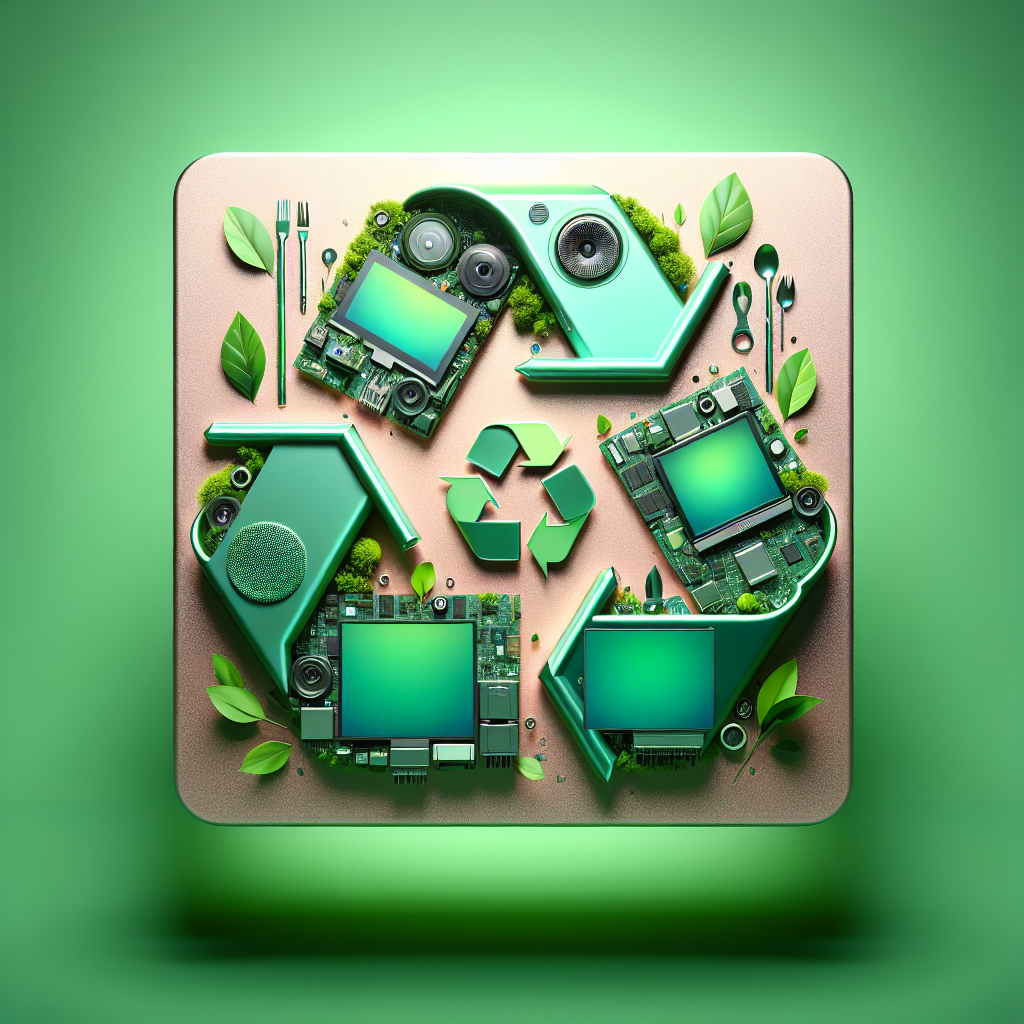Blog Ecobraz Eigre

Design for recycling: how electronics manufacturers are redesigning products to facilitate recycling" - circular economy seen as a trend.
Growing environmental awareness has driven electronics manufacturers to adopt design for recycling, an approach that aims to create products that are easier to recycle. This practice contributes to the circular economy by reducing waste and making use of valuable materials.
What is Design for Recycling?
Design for recycling (DfR) refers to the process of developing products with recycling in mind from the initial design phase. This means selecting materials that can be easily separated and reused, as well as structuring components to facilitate disassembly.
For electronics, this strategy is crucial, as complex devices contain toxic and valuable elements that need to be handled properly to minimize environmental impacts and maximize resource recovery.
Main strategies adopted in product redesign
Redesign includes simplifying assembly, reducing the use of hard-to-remove adhesives, and implementing mechanical connections instead of permanent welds. In addition, the standardization of materials facilitates segregation during recycling.
Another important aspect is the use of recyclable plastics and the reduction of component diversity, which makes the separation process more efficient and the resulting waste less contaminated.
Environmental and economic benefits of Design for Recycling
By facilitating recycling, this approach decreases the amount of e-waste disposed of in landfills and avoids the extraction of virgin raw materials, reducing the environmental footprint of electronic devices.
On the economic side, there is the potential to recover valuable materials such as gold, silver and copper, encouraging a sustainable market and the creation of more responsible production chains.
The circular economy as a global trend
The circular economy seeks to keep products, components and materials in circulation for as long as possible. Design for recycling is aligned with this concept by making it possible to continually reuse the resources used in the manufacture of electronics.
Governments, consumers and manufacturers have collaborated to encourage practices that reduce waste and increase reuse, encouraging the adoption of sustainable design.
Challenges to implementing Design for Recycling
Despite advances, there are still challenges - such as the initial cost of redesigns, the need for specific technology for efficient disassembly and recycling, and the complexity of today's devices, which include multiple integrated materials.
However, regulatory pressure and increased environmental awareness are encouraging these barriers to be overcome, making design for recycling an increasingly present reality.
Conclusion
Design for recycling represents a significant change in the way electronics are produced. By focusing on recyclability from conception, manufacturers contribute to an efficient circular economy, which brings lasting environmental and economic benefits, as well as meeting the sustainable demands of today's market.

Deixe um comentário
O seu endereço de e-mail não será publicado. Campos obrigatórios são marcados com *